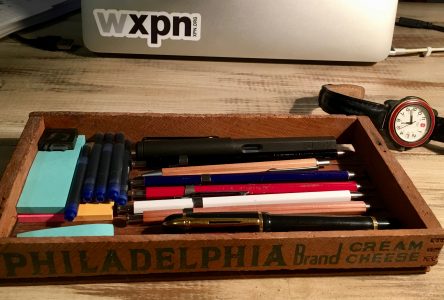
The world today is fast moving and very technology dependent. The common saying of “time is money” says a lot about our society today. Jenny Odell tries to teach us a lot more about doing “nothing,” a paradox often said throughout her book “How to Do Nothing.” This paradox doesn’t tell us to be lazy and not do anything, but to “question what we currently perceive as productive.” Society today is all about productivity and efficiency and therefore, people always feel the need to be doing something. The author wants us instead take a step back and see the real world and be able to experience it for ourselves. That is why she deeply advocates the use of “deep listening.” It allows people to focus their attention on different things rather than relying on a “productivity obsessed environment” that thrives on “myopia and dissatisfaction.” She wants us to take back this attention to help all kinds of people who can “help restore communities, human, and beyond.” We can recognize the beauty of the things around us in different types of ways. As she says, this applies to “any person who perceives like to be more than an instrument and therefore something that cannot be optimized.” There are many social media platforms that don’t show this such as Instagram and Facebook. Social media platforms can cause insecurities and takes a lot of our personal information to be sold online. Profiting from it causes a lot of people to hate social media because they aren’t focusing on people’s “maintenance.” So instead, her ultimate goal is to “wrest our focus from the attention economy and replant it in the public, physical realm.
The author uses a lot of personal experiences and stories she’s heard to help support the importance of doing “nothing.” She also uses certain places in her life to connect her ideas. One of such places is in Oakland, the city she currently lives. She relates one of the trees, the “Old Survivor,” to the story of the “The Useless True” by Zhuang Zhou to teach some lessons herself. In her city, this tree was the sole survivor of old-growth trees and has become famous for its resistance. The lessons she tries to teach are “resistance” and the tree being a witness and memorial. As she says in the book, “to resist in place is to make oneself into a shape that cannot be easily appropriated by a capitalist value system.” She doesn’t want people to be conformed to the thoughts of others and society. It’s important for people to be their selves and make the experience of life their highest goal. She relates this to the story of the tree since it was able to survive by appearing useless to loggers and being hard to find. In addition, she says that the tree is “above all a physical fact, a wordless testament to a very real past, both natural and cultural.” The tree becomes a witness to the past that can help us see what we have lost in the past. She also uses the Rose Garden as a place to escape to. This is where she did most of her work and came up with most of her ideas. It was an escape from the “terrifying world” that she was surrounded by to a beautiful one. The more she worked there, the more she began to realize the importance of the garden. She says “the garden encompassed everything I wanted to cover: the practice of doing nothing, the architecture of nothing, the importance of public space, and an ethics of care and maintenance.” These places had a significant impact on her ideas and so did a lot of texts she has read throughout her life.
Odell is able to connect her ideas through different places because it connects to her personally and the things she has went through throughout her life. Also, various texts she has read have impacted her more significantly, allowing her to use them in her reasoning. The book appears to be more of a journey that just a straight answer. As she made the book, she “saw and experienced things during the course of writing it-things that changed my mind and then changed again.” Although all of these points may not be in a regular writing from, they definitely all connect to each other to form a “logical whole.” Overall, the book has opened my eyes a little more to everything around me. Her project is aimed at people to take responsibility to see the world around them and be more grounded in the real world. Only then can people see what’s really going on in their life and make life experiences last longer.



